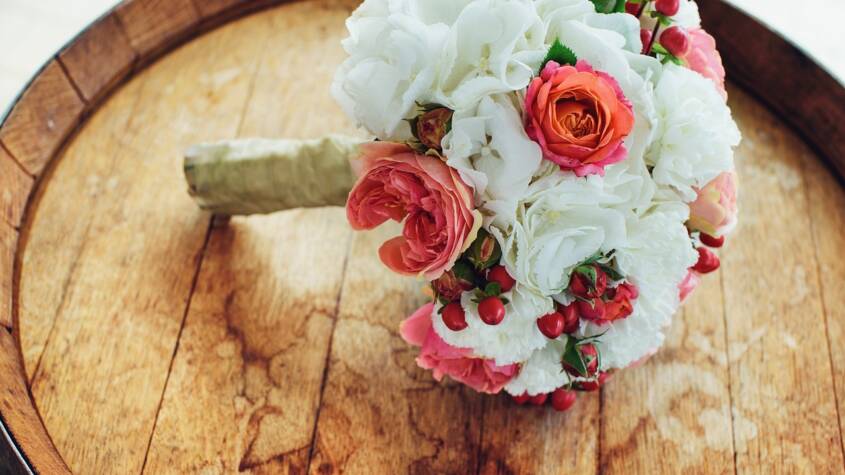
Sending flowers for sympathy serves as a heartfelt gesture during difficult times. Flowers not only convey condolences but also offer a visual representation of love and support to those grieving. Choosing the right arrangement can help express feelings that words may fail to capture.
When selecting flowers for sympathy, various options symbolize different emotions. Common choices such as lilies, roses, and chrysanthemums each carry meanings that may resonate with the recipient’s situation. Understanding these meanings can help in making thoughtful decisions that provide comfort.
Acknowledging a loss through flowers can create a meaningful connection and foster healing. The beauty of floral arrangements brings warmth into what may feel like a cold moment, reminding individuals that they are not alone in their grief.
Choosing Flowers for Sympathy
Selecting the best flowers for a sympathy arrangement requires consideration of both meaning and cultural significance. Understanding these aspects can guide individuals in making thoughtful choices during a sensitive time.
Understanding the Language of Flowers
Flowers carry meanings that vary by type and color. For example, lilies often symbolize purity and renewal, making them a fitting choice for expressing condolences. Roses, depending on their color, can convey various sentiments; white roses signify innocence, while red roses express love and respect.
Other flowers like chrysanthemums represent longevity and are traditionally used in funerals in many cultures. The act of choosing flowers becomes not just about aesthetics but an expression of feelings and intentions.
Popular Sympathy Flowers and Their Meanings
Certain flowers are commonly chosen for sympathy arrangements due to their associations with mourning and remembrance.
- Lilies: Symbolize the purity of the soul and are often used in funeral arrangements.
- Chrysanthemums: Associated with death and are considered a symbol of honor.
- Roses: Vary in meaning. White roses indicate reverence, while pink roses convey gratitude.
A table summarizing this information might look like this:
| Flower | Meaning |
| Lilies | Purity and renewal |
| Chrysanthemums | Honor and eternal life |
| Roses | Respect (white), love (red) |
Choosing flowers that resonate with the deceased’s personality or preferences can add a personal touch to the arrangement.
Cultural Considerations in Flower Selection
Cultural traditions significantly influence flower selection for sympathy.
In Western cultures, white lilies and roses are often preferred. In contrast, Asian cultures may favorchrysanthemums due to their memorial significance. Understanding these nuances can help individuals select flowers that respect cultural traditions.
Additionally, some cultures may avoid specific flowers associated with negativity. Researching local customs or consulting with a florist familiar with these traditions can ensure that the chosen flowers are appropriate and respectful.
Sympathy Flower Arrangements
Selecting the right sympathy flower arrangement can provide comfort during difficult times. Factors such as the types of arrangements, the venue for the tribute, and personal touches can significantly enhance the gesture.
Types of Sympathy Floral Arrangements
There are several types of sympathy floral arrangements suitable for different occasions. Common options include:
- Bouquets: Hand-tied arrangements that can be placed in vases or offered directly. They often combine various flowers for richness.
- Sprays: Typically larger, these are designed for casket displays or standing tributes, showcasing blooms in a visually striking manner.
- Wreaths: Circular arrangements symbolizing eternal life, often used at memorial services. They can be made with fresh or artificial flowers.
Choosing the right type depends on personal preference and the nature of the memorial.
Considering the Venue
The venue significantly influences the choice of flower arrangements. For funeral homes, arrangements such as sprays and baskets are common. They can be displayed easily and are respectful.
Churches or places of worship may allow larger displays, making wreaths or tall standing arrangements appropriate.
For gatherings at home, smaller bouquets are less formal and often well-received. It’s essential to consider the space available and how the flowers will complement the surroundings.
Creating a Personal Touch
Adding a personal touch to flower arrangements makes them more meaningful. Including the deceased’s favorite flowers or colors can enhance emotional resonance.
Incorporating items such as photos, mementos, or handwritten notes can also create a unique tribute.
Additionally, selecting local blooms can convey heartfelt sentiment, reflecting the region’s beauty while supporting local florists. Personalization adds depth to the gift, making it not only a floral gesture but a loving remembrance.
Recycling Drop Off Locations: Find Convenient Sites for Sustainable Waste Disposal
Finding convenient recycling dropoff locations can greatly simplify the process of sustain…









